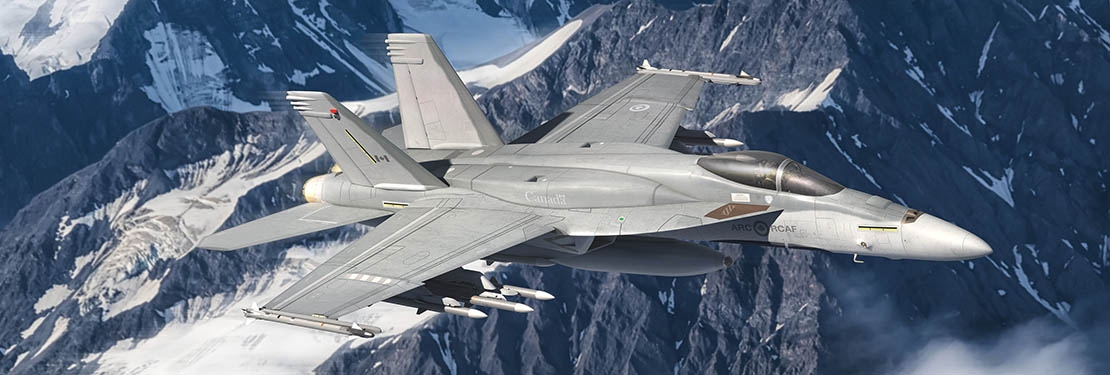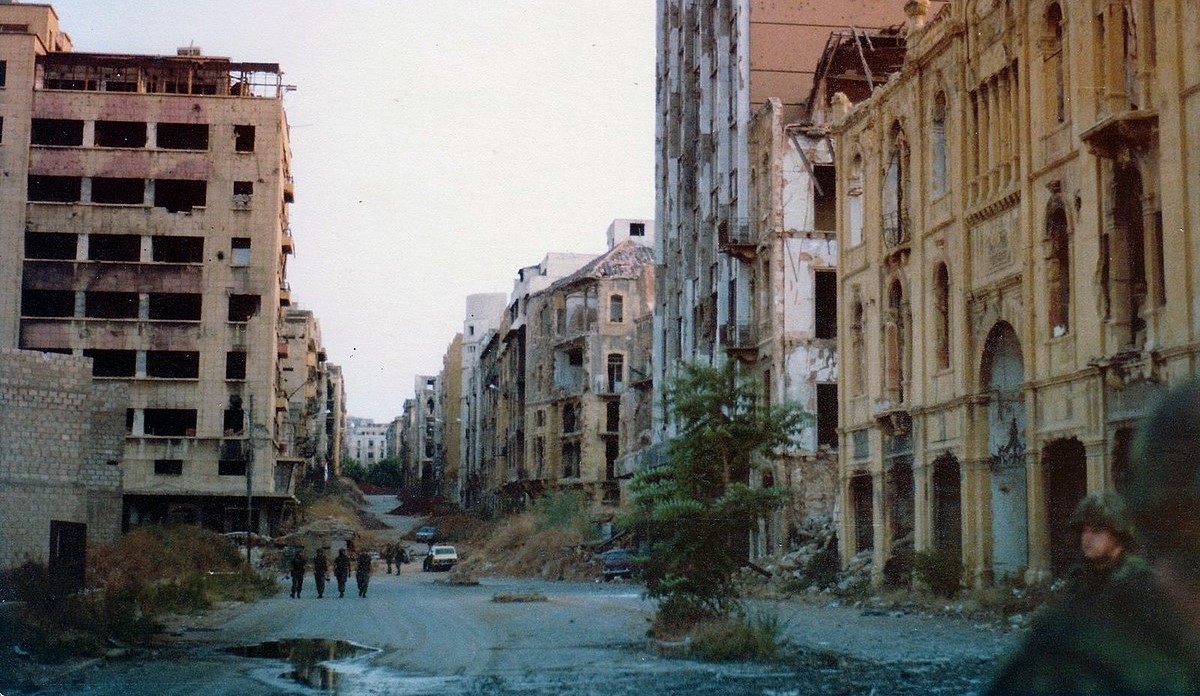
Why Boeing?
Op-ed by Stephen Fuhr
The 2017 defence policy, Strong, Secure, Engaged (SSE), is Canada’s 20-year road map to defence policy. At the time of release, the document was well received by most with a commitment from the government to fund the numerous large procurements identified in the document. So, we have a plan, and we have a commitment to fund the policy aspirations of SSE.
That all sounds great, but execution is key, and it will take sound decision making and fiscal discipline if the objectives of SSE are to be realized.
Two of the biggest procurements laid out in SSE are the Canadian Surface Combatant (CSC) and the Future Fighter Capability Project (FFCP). Unfortunately, and not surprisingly, CSC has already sailed off to the land of massive cost overruns, but FFCP still has a chance to deliver a product that will satisfy our military requirements, support Canadian Aerospace, and help to rebuild our economy while respecting the taxpayer.
For years, the fan favourite to replace our CF-18s has been the Lockheed Martin F-35A. The aircraft has a colourful history, and one could seriously debate whether the aircraft will ever deliver the capabilities it promised over 20 years ago. Or, if some of those capabilities are even as effective with the continuous evolution of the threat. The reality is it doesn’t matter as the F-35 is simply beyond the fiscal capacity of FFCP and there is overwhelming evidence to support this claim.
Earlier this year, Adam Smith, the Chairman of the U.S. House Armed Services Committee said, “the sustainment costs (F-35) are brutal.” Mr. Smith and his committee have clearances and access to the goods. His opinion should raise eyebrows.
In early July 2021, a U.S. Government Accountability Office (GAO) report further confirmed the F-35 remained, unaffordable. In fact, the promise of $25,000 an hour, “in 2012 dollars” is realistically unattainable given sustainment costs for the aircraft are in fact increasing, according to the GAO report. Even the F-35 Joint Program office (JPO), which is usually very bullish about the F-35 program estimates an increase in F-35A sustainment cost per tail from $7.1 million in 2018 to $7.8 million in 2020.
From a practical perspective, what do we see that corroborate the claims of F-35 unaffordability? Most countries involved in the program are buying greatly reduced numbers of F-35 airframes than originally identified in the projects program of record. The recent Swiss down select of the F-35A to replace its legacy F/A-18 solved its own budgeted $55,000 an hour sustainment cost problem by relegating pilots to more simulator time and less flying.
As an aside, this is a bad idea for air forces with a pilot generation and retention problem. Finally, the second biggest Air Force in the world, the U.S. Navy, is buying more Super Hornets and upgrading their Block II to Block III configuration. This would hardly make sense if the F-35C was more capable and cost-effective than the Block III Super Hornet.
So where do we go from here? Realistically, of the remaining contenders being considered in the FFCP, the Block III Super Hornet makes the most sense.
This aircraft can easily deliver the capabilities required to support both NORAD and NATO operations. It is 65 per cent compatible with current Canadian infrastructure and presents the easiest transition from what we currently fly. It ushers in massive increases in both network and computing capability, a state-of-the-art pilot-machine interface, two engines and satellite communications right out of the box. It also provides a buddy tanking capability that would greatly increase our ability to force employ in the Canadian north.
From an economic benefits perspective, Boeing’s offering is second to none with an impressive $61 billion and 248,000 jobs injected into the Canadian economy over the life of the program.
Canada’s proud legacy of superb tactical fighter capability can only be ensured if we choose a solution we can afford to obtain and operate. The Block III Super Hornet is that solution.
Stephen Fuhr was the Chair of the Commons Standing Committee National Defence in Canada’s the 42nd Parliament. He also served as a CF-18 pilot, NORAD and NATO evaluator and worked in CF-18 fleet management for 1 Canadian Air Division, RCAF.









